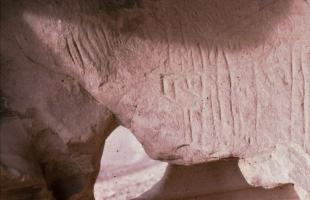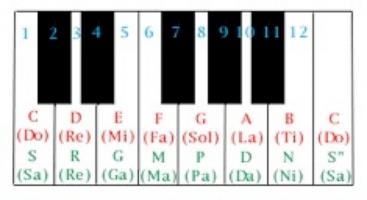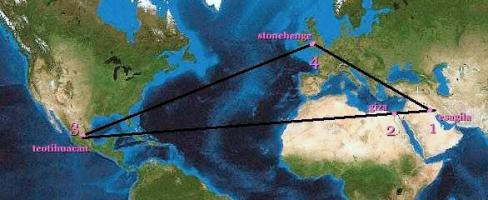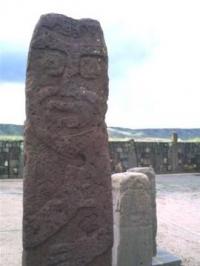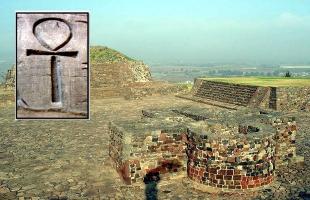Generalities and peculiarities of the Classical Egyptian
In-depth introduction to one of the most fascinating languages of the ancient world
One of the fundamental characteristics of the Egyptian Language which we are going to examine here and which, in some ways, constitutes its apparent difficulty, is constituted by its peculiarity of not being written in the graphic characters which are usual to us but by means of "pretty little drawings" which the student will have to learn to recognize and reproduce.
However, this feature, at first perhaps "unusual", constitutes one of the peculiarities that help determine the beauty and charm of this noble language.
The "little drawings" to which we intend to refer are not the 21 letters of our alphabet but particular "graphemes" which, in the Classical phase of the Egyptian language (with which we are about to deal), were already present in the number of several hundred.
The object of the present Grammar is, precisely, the learning of one of the phases of the Egyptian language written in Hieroglyphic characters.
Hieroglyphics appeared in Egypt around 3,000 B.C. at the same time as the beginning of the so-called Historic Epoch, and thereafter they continued to be used at least up to the time of the earliest known hieroglyphic inscription engraved on the north (or "inner wall") of the "Hadrian's Gate," erected by that emperor in the temple complex of Philae.
The ancient Egyptian Language is related both to the contemporary Semitic Languages of Anterior Asia written in cuneiform characters (family of "Akkadian Languages" in general) or in other "alphabets" as is the case with Aramaic, Biblical Hebrew, etc.) as well as to the ancient Chamitic Languages that were spoken in that area of North Africa extending from the Libyan oases to the Canary Islands. The ancient Egyptian Language, located in a "hinge" position between the two linguistic blocs, presents lexical features that relate it to both groups although one can recognize in the Egyptian Language a preponderance of Camitic, and therefore African, features influenced by Semitic traits that have undergone a symmetrical type of evolution.
Analysis of texts in the Egyptian Language allows us to recognize and reconstruct the evolution of the Language itself.
If we were to ask ourselves, now, what language was spoken in Italy only 2,000 years ago, we would have to find that the one spoken was entirely different than the one spoken today: Latin was spoken, a language of the Indo-European family which, in its long and continuous evolution has become the "ITALIAN" that we are all now accustomed to speaking. If then, in the space of two millennia, our language has evolved so much that a contemporary Italian cannot approach a Latin text without specific study, it is easy to understand how as many as three and a half millennia have operated in the evolution of the Egyptian Language which, like Italian, has been subject to well-defined Linguistic Phases that current official philology differentiates as follows:
Ancient Egyptian: about 3,000 ÷ 2,200 B.C.; identified, roughly, by the "Period of the Pyramids." The famous "Pyramid Texts" are written in the Language of this evolutionary phase.
Middle Egyptian or Classical Egyptian: ca. 2,200 ÷ 1,375 B.C. This is the "golden phase" of the Egyptian Language and covers the period of the 1st Intermediate Period, the Middle Kingdom and reaches to cover a good part of the New Kingdom. In the early period of this phase, the spoken language was the same as the written language. The identity between spoken and written language persisted until the end of the XII Dinasty to differ later in the persistence of the classical language in written texts and in the variation (by evolution, refinement, popular or dialectal forms) of the spoken idiom. Toward the end of the period characterizing this linguistic phase it happened that written texts adopted a language that, in practice, was understood by almost no one (somewhat as was the case, until a few years ago, in the liturgy of the Catholic Church, which continued to adopt Latin to address a population of faithful who could only minimally understand it clearly).
Neo-Egyptian: circa 1,375 ÷ 700 BC.
"Neo-Egyptian" is the language that was adopted near the end of the New Kingdom following the "revolution" promoted by Amenhotep IV - Akhenaten (1,350÷1,334 BCE. ) who, in his need for renewal and detachment from the past, wanted to apply to "common" use that language - probably the dialectal form in use in the area of the new capital pointed out to him by his god - to the point of raising it to the status of a "literary language" by employing it himself, for the first time, in his famous "Hymn to Aton."









